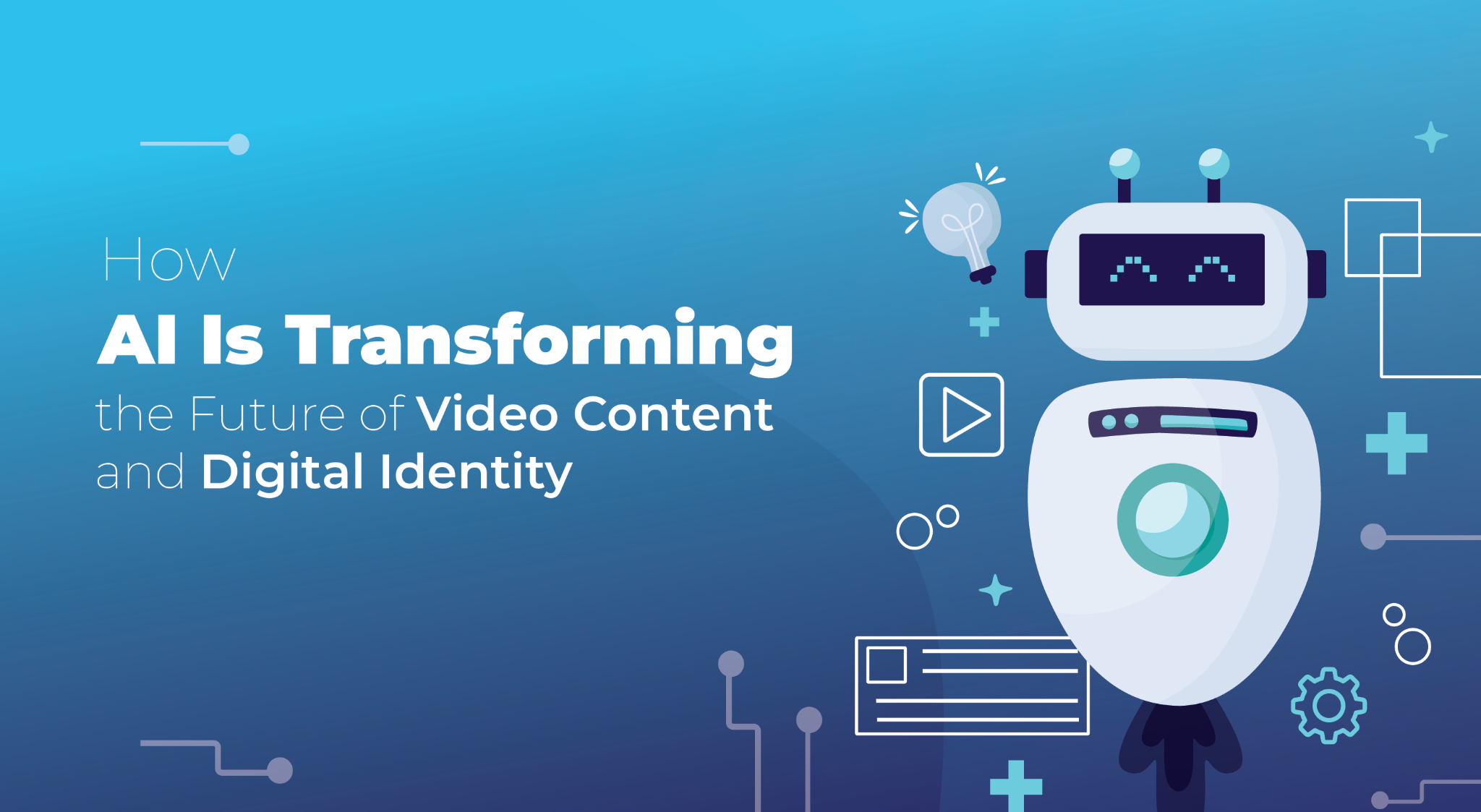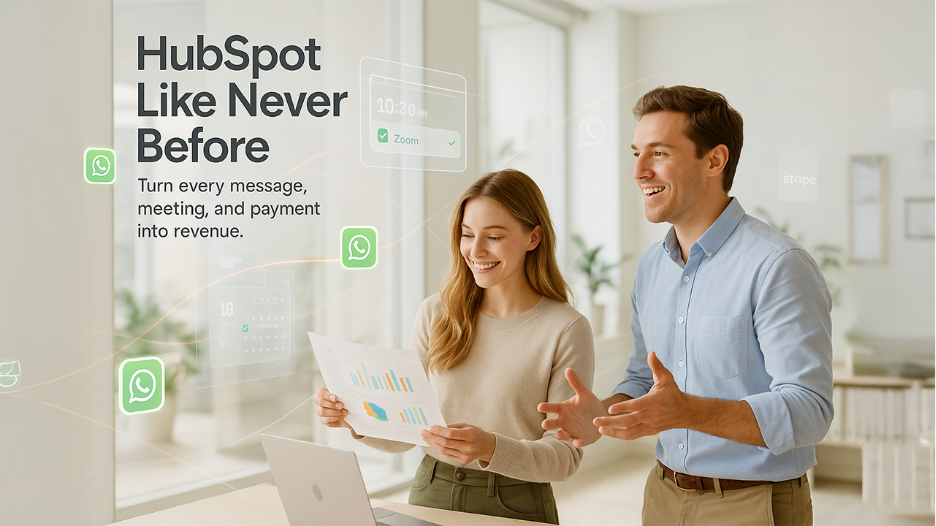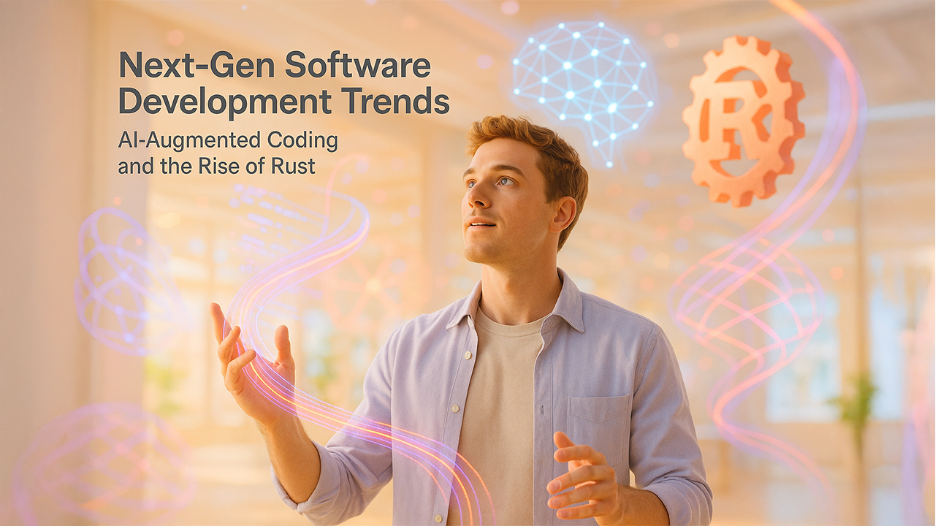Videos are a huge part of our lives. I’ll bet that there’s hardly an internet user whose day goes by without watching a video - whether it’s on YouTube, TikTok, or on social media feeds. Around half of internet users have reported that during the first quarter of 2024, they watched music videos each week. And we haven’t even mentioned educational content and product reviews.
Now, the simplest way to explain how AI is transforming the future of video content and digital identity is to say that it makes the experience of making and watching videos a whole lot better.
So, let’s go over the whys and hows!
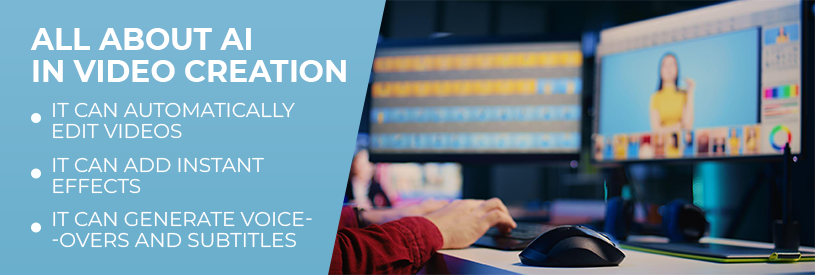
All about AI in video creation
AI isn’t limited to certain types of videos. Anyone looking to create or edit a video can do so with a few clicks. Filmmakers can use it to speed up the editing process and experiment with effects and transitions. At the same time, social media creators can create short but eye-catching clips using AI Clip Maker from longer videos. One notable advancement is the creation of digital humans, which enhances the realism and engagement of video content.
To be more precise, AI allows for:
Faster video editing
Editing videos a few years ago used to be such a chore. Creators would spend hours cutting scenes and adding special effects. Makeup artists would have to blend the perfect shades of colors to get the desired result. Animators would have to manually draw effects like fire frame by frame. AI has changed all of this. High-quality videos can now be ready in a matter of minutes using an AI video generator.
Here’s how:
- It can automatically edit videos: AI-driven video editing tools can do everything on their own - from deciding on the best shots to finding and correcting even the slightest imperfections. That isn’t to say human creators won’t take any part in the editing process. You can still have the final word. It’s just that your job has gotten a lot simpler.
- It can add instant effects: What a relief this is, isn’t it? If you’d like to add a bolt of lightning to your video, just type it in. If you’d like the zombies to look more realistic again, just type it in. In other words, you can experiment a lot in a short amount of time.
- It can generate voiceovers and subtitles: You no longer have to make a person repeat the same thing over and over again until it sounds professional enough. Or manually type out subtitles. AI-driven tools can generate voiceovers and subtitles on their own while making sure that they match the tone and style of your video.
What we can take out from this is that AI not only helps creators edit videos in record time but also improves the overall quality of these videos. AI video summarizers can quickly create concise summaries from long videos, providing an efficient way to capture essential points. It doesn’t just randomly cut scenes or add effects and transitions. It takes time to make the changes that your specific video needs.
Personalized content creation and recommendation
Advertising businesses and products are also not what they used to be. Customers have gotten extremely picky when it comes to their purchases. Even when it comes to the content they engage with. In other words, it’s personalized content that speaks to their needs or nothing.
AI helps creators do this. It can analyze user behavior and preferences so that your videos are more personalized. But keep in mind that personalization also means to stick to the human touch. In fact, 63% of customers prefer watching relatable and authentic videos rather than over-polished ones, meaning that a simple video of a person telling their brand story through their personal experiences can be more useful than an AI-generated one.
You don’t have to rely on AI during the whole process. Stick to your story. Get a real human to talk about their experiences and insights. Let AI worry about selecting the right music, making the audio quality better, and suggesting the right products based on the customers’ needs.
All about AI and digital identity
We all have our own digital identities. The way that we present ourselves online. In these last few years, AI has also managed to make this more interesting but also more secure.
Let’s find out more about this.
Digital avatars
Let’s first talk about the fun part of all this. Digital avatars. These could be simple icons or, one of the main reasons why this is such a success, more detailed 3D characters that look exactly like us. So, instead of putting a picture of ourselves, we can put an image of our digital avatar.
But the personalization doesn’t stop there. We can use AI to create a talking avatar for our video calls. Which is quite nice, considering that many of us are sitting in our pajamas when no camera is necessary. Our digital avatars can mimic our gestures, making it all the more natural.
What’s so interesting about this is that we have complete freedom over choosing how are avatars look. We can dress them up, do their makeup, or even change a feature we don’t like.
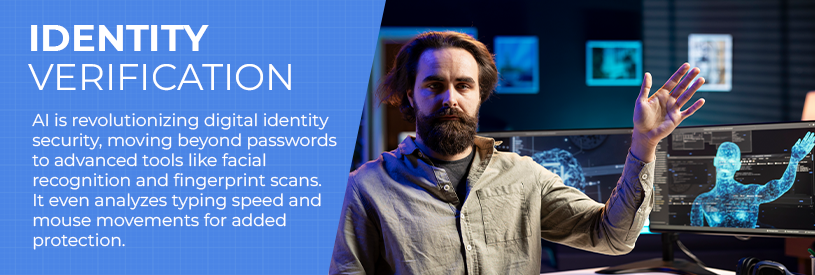
Identity verification
Now, let’s talk about the more serious stuff of AI and digital identity - security. Simply put, we all must verify our identities before accessing our accounts on online platforms. Yes, we all have passwords. But passwords are easy to forget and easy to get ahold of, too.
Today’s AI-powered identity verification system relies on more advanced technology, such as facial recognition and fingerprint scanning. For example, AI will have to analyze your facial features before letting you access your social media account or bank to decide whether it’s really you.
More advanced than that, and we have ourselves systems that can analyze how fast we’re typing or how we’re moving our mouse to see whether something is out of the ordinary.
In terms of digital identity, AI can also be used to identify deepfakes that are often used as media manipulation. This is completely another subject, though, which we’ll go over below.
All about AI and deep fakes
In the case of deepfakes, AI is both the cause and the solution. I know it looks strange and scary at times to see AI-generated videos of famous people dancing around or doing something unusual for them on social media, but deepfakes aren’t all that bad. For example:
- Deepfakes are often used in the movie industry to create scenes where the actor is required to play a younger version of themselves and vice versa.
- They can also be used for educational purposes. For example, to create more realistic simulations for training medical or military personnel or police officers.
- Once again, we have personalization. Deepfakes can be used by businesses to create more personalized ads and messages for their customers.
- They can even be used to create documentaries that bring historical figures to life. Just imagine the difference this could make for someone who isn’t interested in history.
You see, deepfakes weren’t created to invade our privacy. They were created for creative purposes. To make the digital world even more enjoyable than before. However, people are often taking advantage of this technology, leading to its misuse and potentially harming others.
It’s all fun and games until actual fraud happens. Since deepfakes are easy to create, anyone can create them, including hackers. This means that they could get into many accounts, putting our information and finances at risk. For example, they could use deepfakes to act as the company executive and authorize a transaction that otherwise wouldn’t be authorized.
Well, AI can potentially identify such attempts. When you think about it, it makes total sense. If it can create a video of a person dancing (which has never happened before), it can also identify such unnatural movements when someone’s finances and sensitive details are at stake, right?
Another thing that also helps is that AI tends to add invisible watermarks to videos to show if they have been tampered with. This can easily help someone identify whether a video is real.
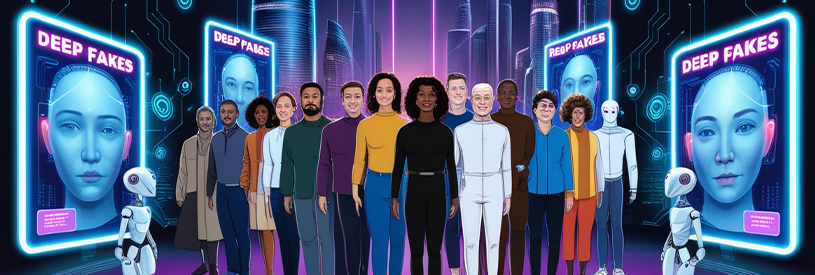
Making sense of AI in video and digital identity
AI is still unable to write as a human, but its creative side definitely comes to the surface with video editing and creation. It’s crazy, really. How AI can create any video out of scratch.
As for whether AI will replace human video editors, no one can say for certain. It’s unlikely as the human touch will always be a thing. But there will definitely be no need for 20 individuals to work on special effects and transitions. They might transition to writing better prompts instead.

